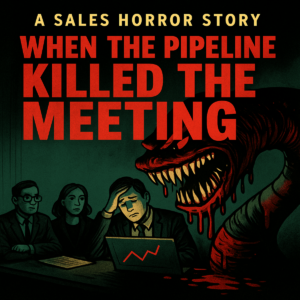With today’s decision makers and influencers scouring the web for information during the buying process, digital marketing has become an undeniably important partner in revenue generation. While I will always be the first to affirm that salespeople create, build, and sustain the relationships that drive business, marketing plays a huge role in supporting them.
Now that the bulk of marketing has shifted to digital channels like search engines and social media, you need to consider what’s tying it all together and linking it to your sales process. This is where marketing automation comes in.
What is Marketing Automation?
You’ve likely heard of marketing automation platforms like HubSpot, Marketo, or SharpSpring. In a fractured environment of websites, blogs, landing pages, social media, search engines, email, and chat, these cloud-based systems pull all of your digital marketing activities into one place:
- Websites — with Calls-to-Action, Landing Pages, and Nurturing Emails
- Search Engine Optimization and Marketing — organic and paid advertising
- Social Media — posting, listening, and responding
- Chat
- Website Visitor ID
- Sales Prospecting Sequences
- Analytics
Techpedia defines Marketing Automation as “the use of software and Web-based services to execute, manage and automate marketing tasks and processes.”
Why Do You Need Marketing Automation?
Call Your Website Visitors To Action (a.k.a. Close for the Next Step!)
Yesterday I was doing a little bit of unstructured research. I visited over 25 websites businesses in the Atlanta and Nashville markets. Less than 20% of these websites had calls-to-action other than “Contact Us” or “Request an Assessment”. These direct calls-to-action have their place, but they leave out a lot of people. If you had a sales rep that didn’t close, you’d fire them.
Does your website close for the next step?
In a face-to-face situation, does your salesperson ask for the order on the first appointment? While we used to do that in the good-old-days, today’s more complex sale usually involves several smaller closes. Your website is no different. You need calls-to-action for every stage of the buying cycle: Awareness (I’m trying to get a grasp on defining my problem), Consideration (I’m evaluating alternatives), and Decision (I want to meet with someone).
Marketing automation systems make it easy to add relevant calls-to-action throughout your website. These link to landing pages where you can gather information. Leads can be scored and sent to the appropriate salesperson. Analytics show the results and help us optimize the system going forward.
Drive Cross-Sell Revenue
Technology convergence has most of our clients are adding additional products, services, and solutions. Unfortunately, many businesses struggle to see a meaningful return in these new areas.
How many times have you been frustrated that your sales team won’t talk about your new services and solutions? Marketing automation can force these conversations by making your clients aware.
Marketing automation can be used to let your clients know about the additional offerings. First, you segment your client base, identifying which clients are good targets for your offering. For example, your new offering may fit companies with 20-250 users. Then you create a regular cadence of client communication by email. This can be reinforced with targeted customer events. Interactions with these emails can be monitored, scored, and sent to the appropriate reps for follow up.
Marketing automation can also be used to create onboarding email sequences. New customers receive a stream of helpful emails thanking them for their business, informing them how to get support, and telling them about other ways you can help their company!
Support Sales Prospecting
Salesforce.com tells us that it takes 6-8 touches to get an appointment. Most sales reps make one dial and then give up. Marketing automation allows reps to launch prospecting sequences of emails, phone calls, and social touches. Combined with the latest prospecting techniques from Fanatical Prospecting, these sequences help reps break into accounts they’ve never been able to crack.
Most sales reps make one dial and then give up. Marketing automation allows reps to launch prospecting sequences of emails, phone calls, and social touches.
Another way marketing automation supports prospecting is by identifying who is coming to your website. Just like a rep makes 100 phone calls and gets 1-2 appointments, for every 100 people that come to your website, only 1 will fill out a form to identify themselves. The good news is that marketing automation can use visitor ID technology to identify companies coming to your website. Sales teams can use this intel to target their prospecting efforts.
Measure Your Results
When we meet with our strategic clients for Marketing Strategy Reviews each quarter (think QBR’s) everyone wants to know about the results. Marketing automation makes it easier to measure results. Instead of looking at the website forms, search engine analytics, social analytics, and email platforms separately, all of your data is stored in one place. This makes it easy to identify what’s working and what’s not.
Which Sales and Marketing Automation System Should We Choose?
There are many items to consider when choosing a sales and marketing automation platform. You need to consider your goals and your budget. Many platforms are targeted at enterprise clients. As a local business, I’d recommend looking for a platform targeted at the “M” side of SMB’s. Our team at Convergo supports two great platforms: HubSpot and SharpSpring. Each has its strengths. We’d be happy to discuss the differences.
If you don’t have a marketing automation platform, you should consider getting one. Before you do, make sure you have a marketing and sales enablement game plan. Your plan will define what you need out of your marketing automation platform.
*This article originally appeared on LinkedIn Pulse on May 1, 2019.




